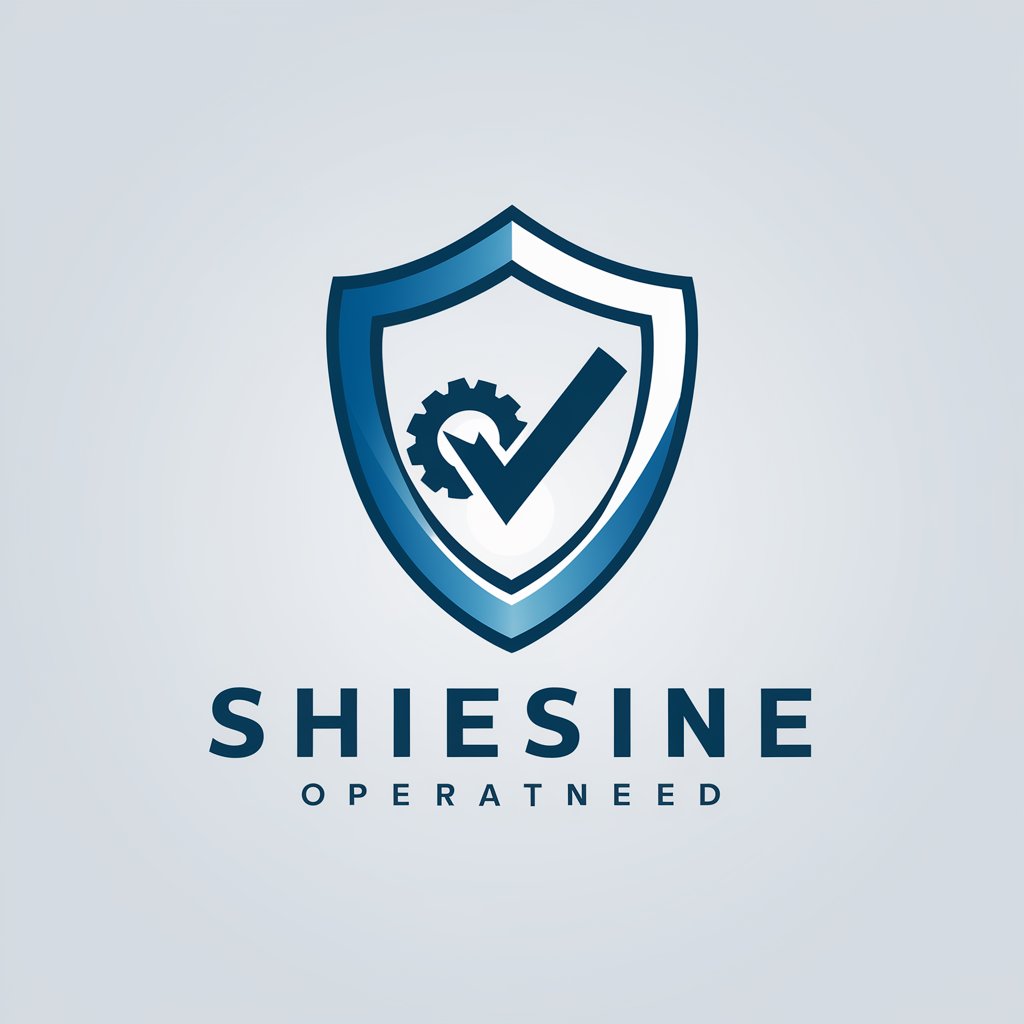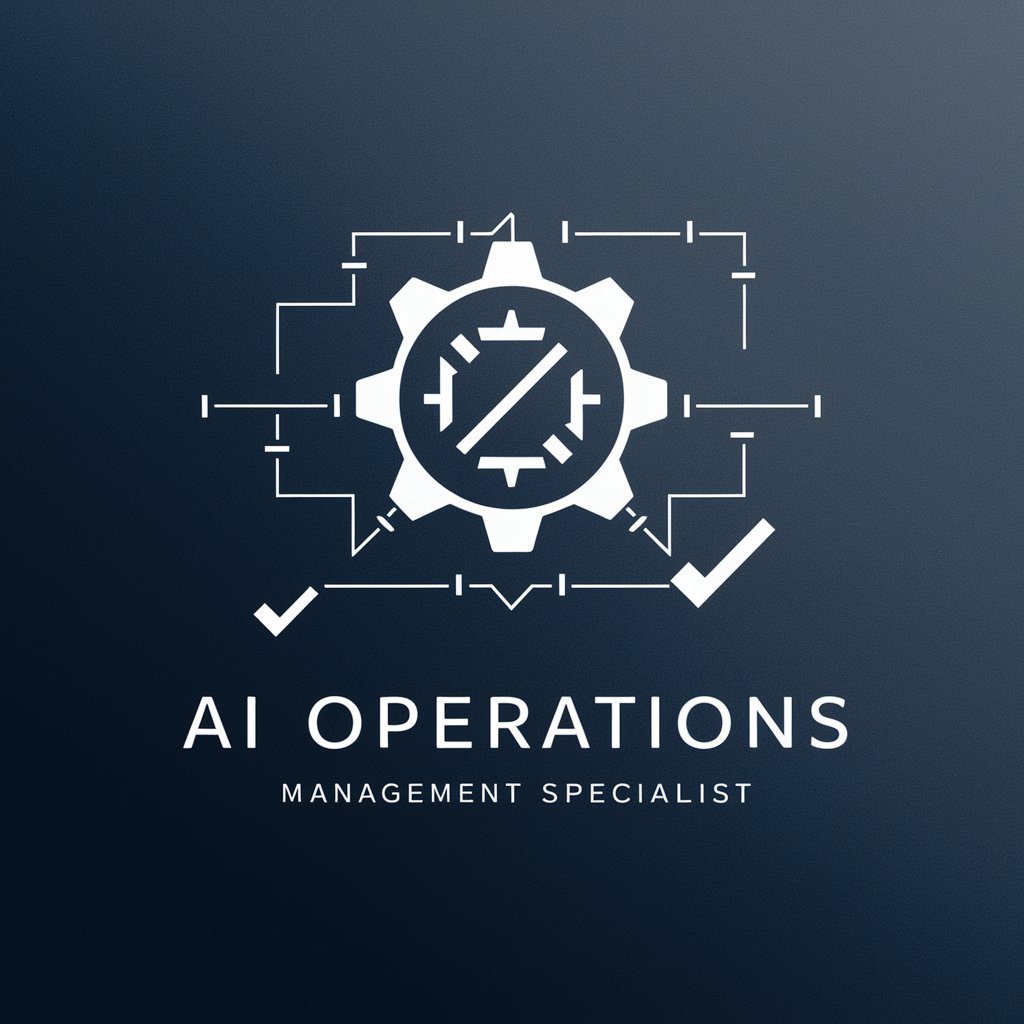
Operations Safety - Operations Safety Guidance

Welcome! Let's prioritize safety in every operation.
Empowering Safe Operations with AI
How can we enhance safety in our operational processes?
What are the key compliance standards for our industry?
Can you provide best practices for implementing safety protocols?
What steps should we take to ensure workplace safety?
Get Embed Code
Introduction to Operations Safety
Operations Safety is designed to prioritize and implement safety measures and protocols within various operational processes. Its primary purpose is to ensure that activities, whether in industrial, construction, manufacturing, or any operational context, are conducted in a manner that strictly adheres to safety standards and regulations. By focusing on safety, Operations Safety aims to minimize risks, prevent accidents, and protect both personnel and assets. Examples of its application include conducting risk assessments in a manufacturing plant to identify potential hazards, implementing safety protocols in construction operations to prevent accidents, and advising on ergonomic practices in office settings to avoid work-related injuries. Powered by ChatGPT-4o。

Main Functions of Operations Safety
Risk Assessment and Management
Example
Identifying potential hazards in a chemical plant and implementing mitigation strategies.
Scenario
In a chemical manufacturing facility, Operations Safety would conduct a thorough risk assessment to identify potential hazards such as chemical spills, fires, or toxic gas releases. Based on the assessment, it would then develop and implement a comprehensive risk management plan that includes safety protocols, emergency response procedures, and employee training programs.
Safety Protocol Development and Implementation
Example
Designing and enforcing safety measures on a construction site.
Scenario
For a construction project, Operations Safety would develop specific safety protocols tailored to the project's risks, such as fall protection measures, equipment safety checks, and safe material handling practices. These protocols are then implemented and monitored for compliance to ensure a safe working environment.
Compliance and Regulatory Adherence
Example
Ensuring a manufacturing operation meets OSHA standards.
Scenario
Operations Safety plays a critical role in ensuring that manufacturing operations comply with occupational safety and health regulations, such as those set by OSHA in the United States. This involves regular safety audits, employee training on health and safety standards, and updating operations to meet the latest regulatory requirements.
Emergency Preparedness and Response Planning
Example
Developing and implementing an emergency response plan for natural disaster preparedness in a corporate office.
Scenario
Operations Safety would assess potential risks posed by natural disasters to a corporate office, such as earthquakes or floods. It then develops an emergency response plan that includes evacuation procedures, emergency contact information, and safety drills to ensure that employees are prepared and can respond effectively in the event of a disaster.
Ideal Users of Operations Safety Services
Manufacturing Plants
Manufacturing plants are ideal users due to the high risk of accidents and the complex machinery involved. Operations Safety can help in identifying hazards, ensuring compliance with safety standards, and training employees on safety practices.
Construction Companies
Given the inherently dangerous nature of construction work, including risks from falls, equipment accidents, and structural failures, construction companies benefit significantly from Operations Safety services in developing and enforcing comprehensive safety protocols.
Corporate Offices
While corporate offices may seem less risky, ergonomic issues, fire safety, and emergency preparedness are critical areas where Operations Safety can provide expertise to prevent injuries and ensure a safe working environment.
Healthcare Facilities
Healthcare facilities require adherence to strict safety protocols to protect patients and staff from infections, handling of hazardous materials, and ensuring the safe use of medical equipment. Operations Safety can assist in developing and implementing these critical safety measures.

How to Use Operations Safety
Start Free Trial
Begin by visiting a platform offering Operations Safety for a trial experience without the need for login or subscription to premium services.
Identify Needs
Assess your operational context to identify safety needs and areas for improvement, such as process optimization, compliance adherence, or risk management.
Engage with the Tool
Interact with Operations Safety by inputting specific queries related to your safety concerns, ensuring clear and precise questions for accurate guidance.
Apply Recommendations
Implement the safety recommendations and best practices provided, customizing them to fit your operational environment and specific safety requirements.
Review and Iterate
Regularly review the outcomes and iterate on the safety processes as necessary, using Operations Safety to adapt to new challenges or changes in regulations.
Try other advanced and practical GPTs
Hero Image Creator
Craft stunning hero images with AI

Lego Image Creator
Craft Your LEGO Dreams with AI

⏹️ Iconify Icon Maker lv2.6
Design Iconic Apps with AI

Essay Title Generator
Crafting compelling essay titles with AI

GIF Maker
Animating your ideas, powered by AI

Sci-Fi Visionary
Unleash your sci-fi imagination.

Agribusiness
Empowering Agribusiness with AI

SOC
Empowering Cybersecurity with AI

FFA GENIE
Empowering Insurance Agents with AI

Hotel Management
Enhancing Hospitality with AI Expertise

Operations Management
Streamline Operations with AI

Fast Loan
Instant financial solutions, powered by AI

Operations Safety Q&A
What is Operations Safety?
Operations Safety is a tool designed to enhance safety measures within operational processes, focusing on compliance, risk management, and process optimization to ensure a safe working environment.
How can Operations Safety improve workplace safety?
It provides tailored recommendations for safety protocols, identifies potential hazards, and suggests best practices to mitigate risks, ensuring operations comply with the latest safety standards.
Can Operations Safety be used in any industry?
Yes, its versatility allows it to be applied across various industries, from manufacturing to healthcare, by adapting its recommendations to the specific safety standards and risks of each sector.
Does Operations Safety replace the need for safety professionals?
No, it serves as a complementary tool to enhance the expertise of safety professionals by providing data-driven insights and recommendations, aiding in informed decision-making.
How does Operations Safety stay updated with regulations?
It integrates current industry standards and regulations into its analysis and recommendations, ensuring compliance and up-to-date safety practices through continuous updates.